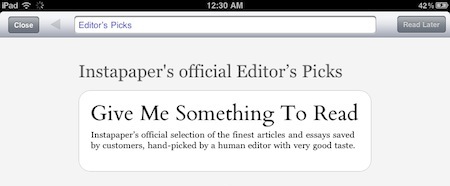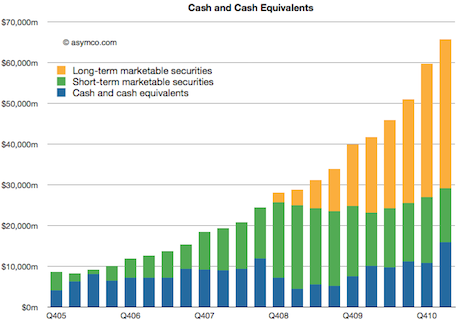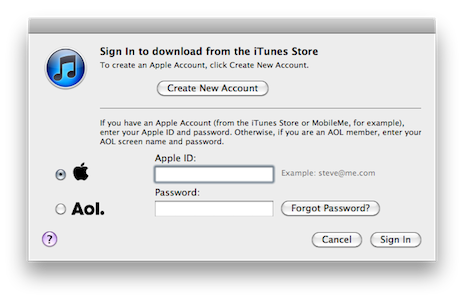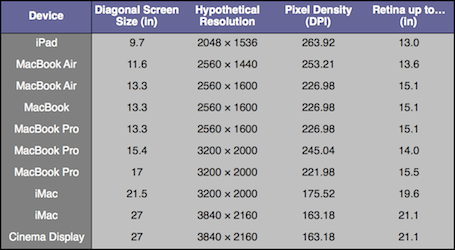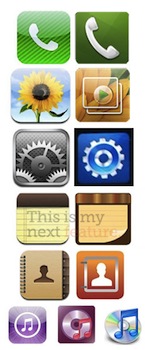Instapaper Developer Explains Why Free Version Is “Taking A Vacation”
In an Apple store, it’s nearly impossible to spend less than $30 on anything. Apple’s stance is clear: “This is how much our stuff costs. If you don’t like our prices, that’s fine. We don’t need everyone to buy our stuff.”
That’s roughly the stance I’ve chosen to take. My app costs $5. I understand that not everyone will like my price, and that’s fine. I don’t need every iOS-device owner to buy my app — I’d do quite well even if only 1% of them did.
Instapaper developer Marco Arment has published an interesting article explaining why he removed the free version of Instapaper for iPhone from the App Store, and he’s not planning on making it available again anytime soon. There are thousands of free applications in the App Store: most of them are games from huge companies backed by multi-million investments and funding rounds, some of them are “lite” versions of less popular apps with limited functionalities. For an indie developer like Marco – remember, he left his position at Tumblr to focus on Instapaper – choosing to offer different versions of the same app is a difficult decision: what are the features that need to be exclusive to the paid app? And what’s a customer supposed to think when he only sees the limited feature set of the lite / free version? More importantly, how many App Store users are going to choose the paid app as the first option when a free counterpart is available?
These are risks only developers who truly believe in their work are willing to take. Marco does, and he’s decided to bet on his $5 piece of software because he knows it’s a great product that doesn’t deserve to be crippled by a free version with less features and ads. Go read the full article here.


